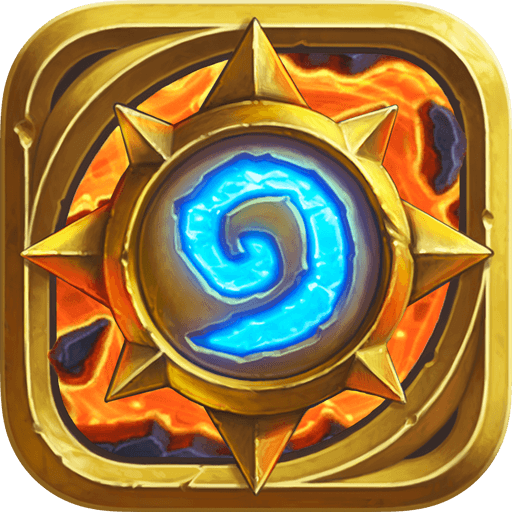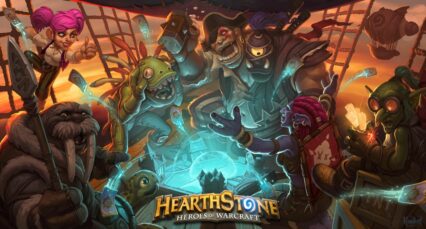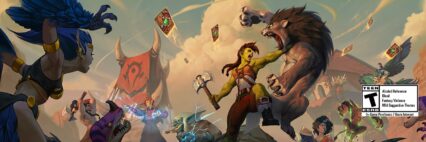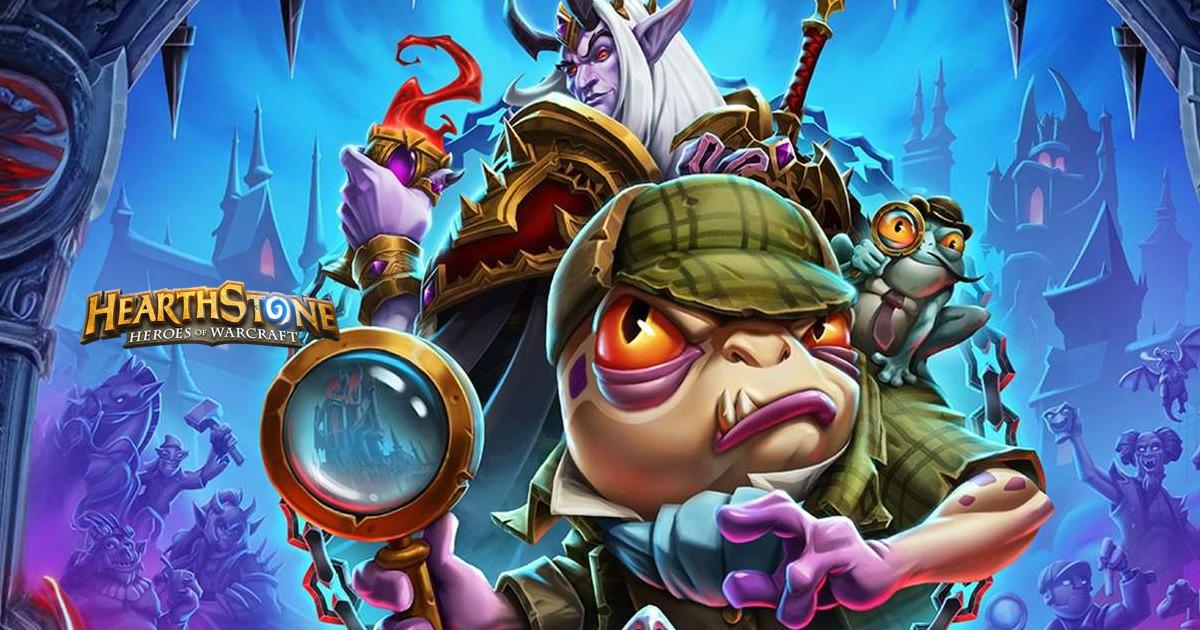Hearthstone Tips and Tricks to Climb the Ranked Ladder
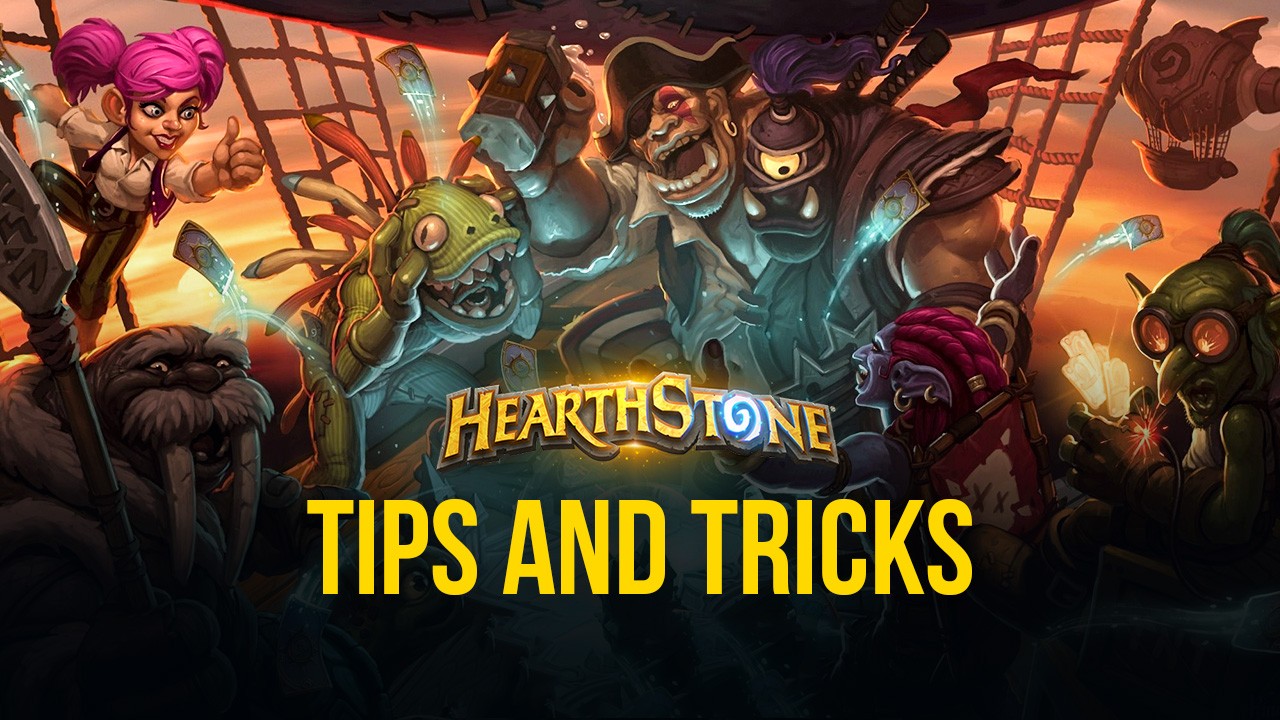
Hearthstone is a game where intensive game knowledge and in-depth TCG/CCG skills play a big part in winning. Even the luckiest players in the world can’t win a card game consistently if they don’t have the information on how to play the game properly. The biggest and most efficient way for players to win at Hearthstone is to learn the basic tips and tricks that every advanced player does in every game so that they set themselves up for success.
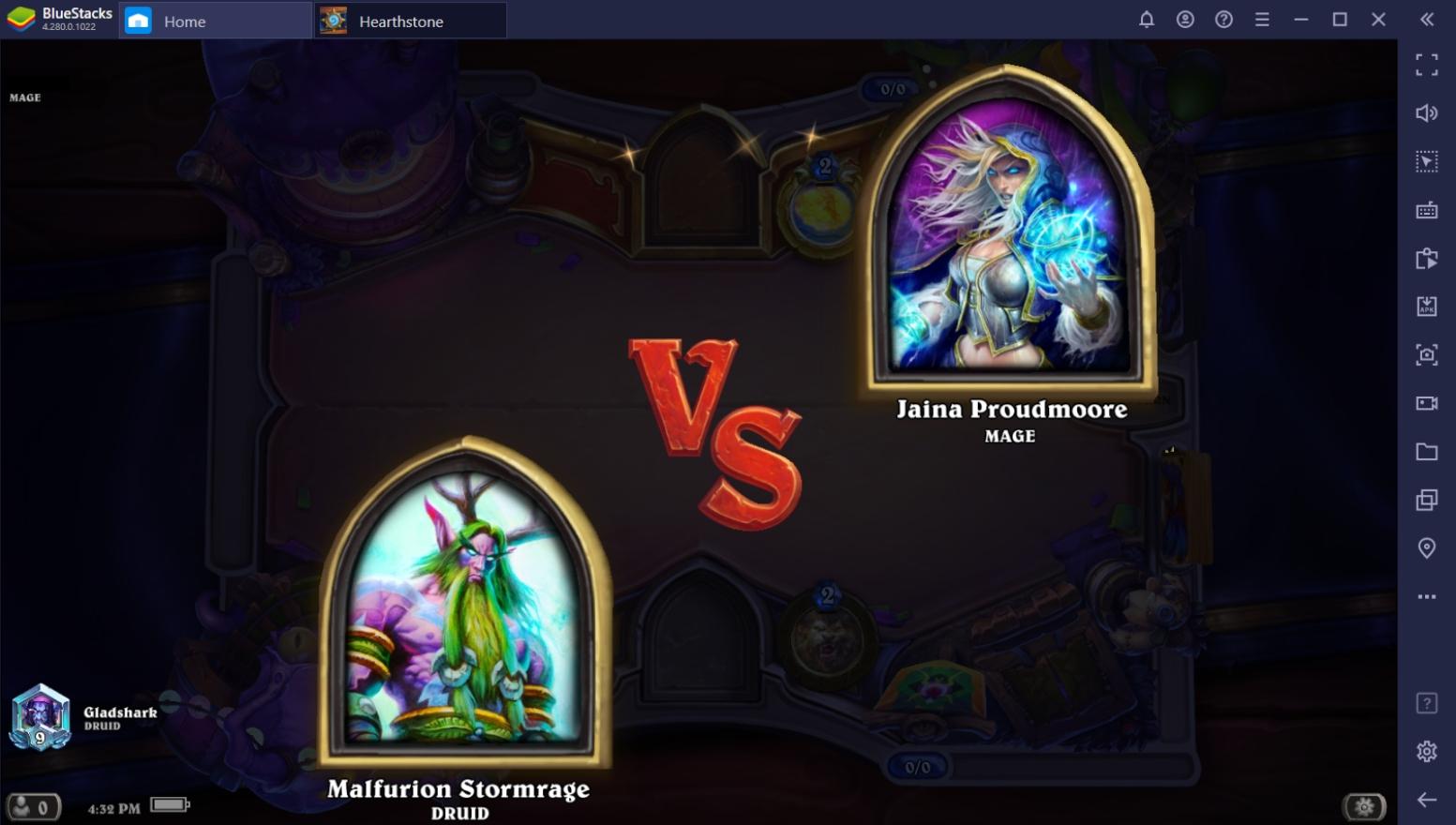
Losing in Hearthstone doesn’t always default back to the fact that the deck you’re using sucks. Sure, a really strong deck and your luck as a player both increase your chances of winning but that all doesn’t mean anything if you can’t use them to their fullest potential. Hearthstone is a strategy game, and as such, there are certain strategies that players (especially beginners) need to keep in mind to increase their chances of winning their games.
The Mulligan
The mulligan is the initial draw phase at the beginning of each match. During this phase, players will draw 3 cards (4 if the player goes second) which will shape the way the match is played. Your starting hand should have everything you need to win the game. Even though mulligan is luck-based you should have built your deck properly so that it doesn’t matter what you draw at the beginning of the game. Try reading our Hearthstone Deckbuilding Guide to help you.
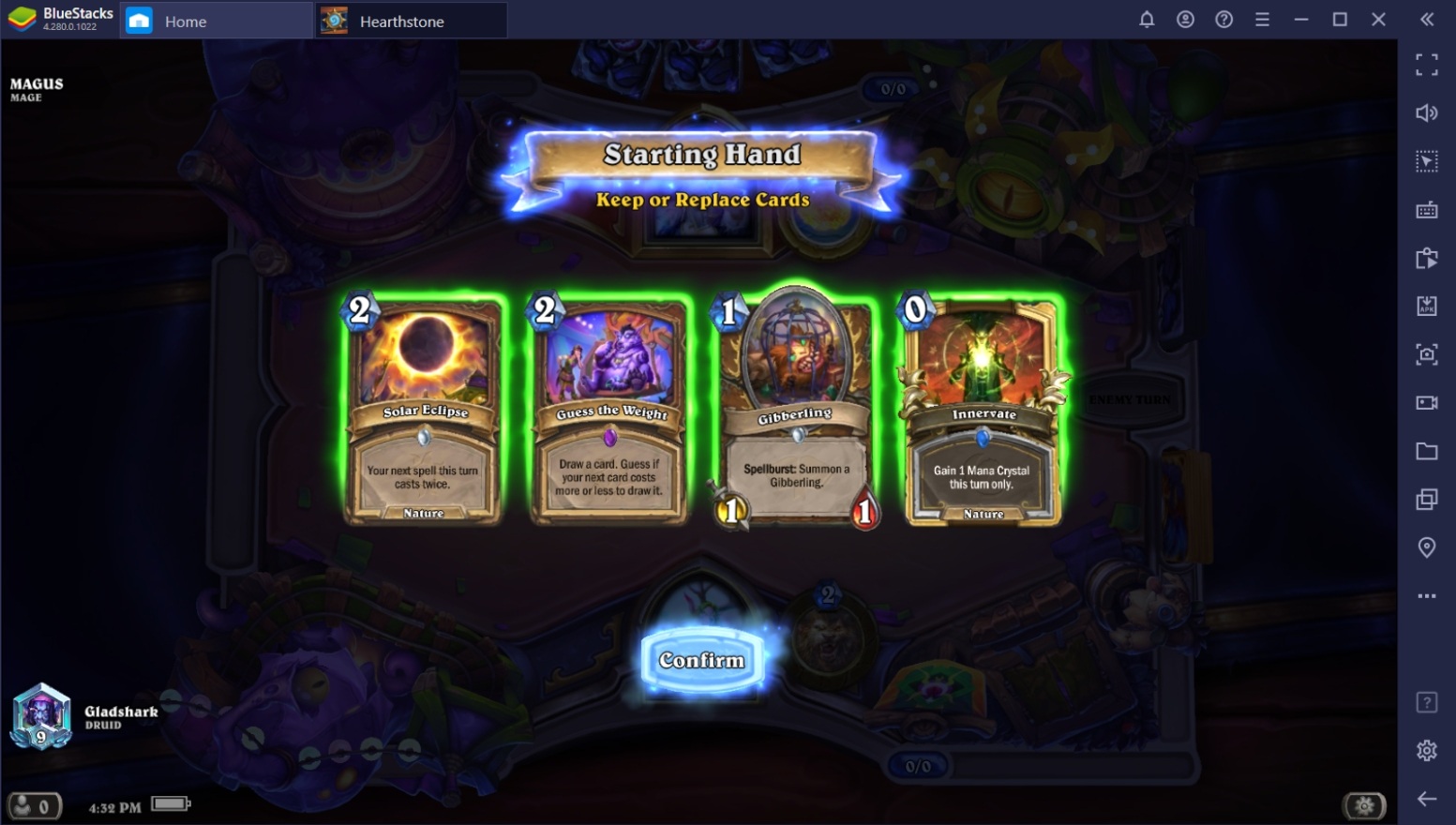
The cards that you want in your starting hand depend on the matchup and what kind of deck you are. A general rule for a good starting hand is having a bunch of draw mechanics or control cards so that you can begin setting up for your win condition. Make sure that you follow the curve and try to force drawing a 1-cost or 2-cost unit. Never leave anything above 3-cost in your starting hand because you’ll have the chance to draw them later on in the game.
Memorize Your Deck
Memorizing your deck is a good way to ensure victory. Memorize every card that you placed in your deck and how many copies of that card you have so that you can predict which ones are likely to appear on the following turns. By checking the number of cards that you have left in the deck and recalling all of the cards that appeared, you’ll be able to create scenarios in your head 1-2 turns in advance.
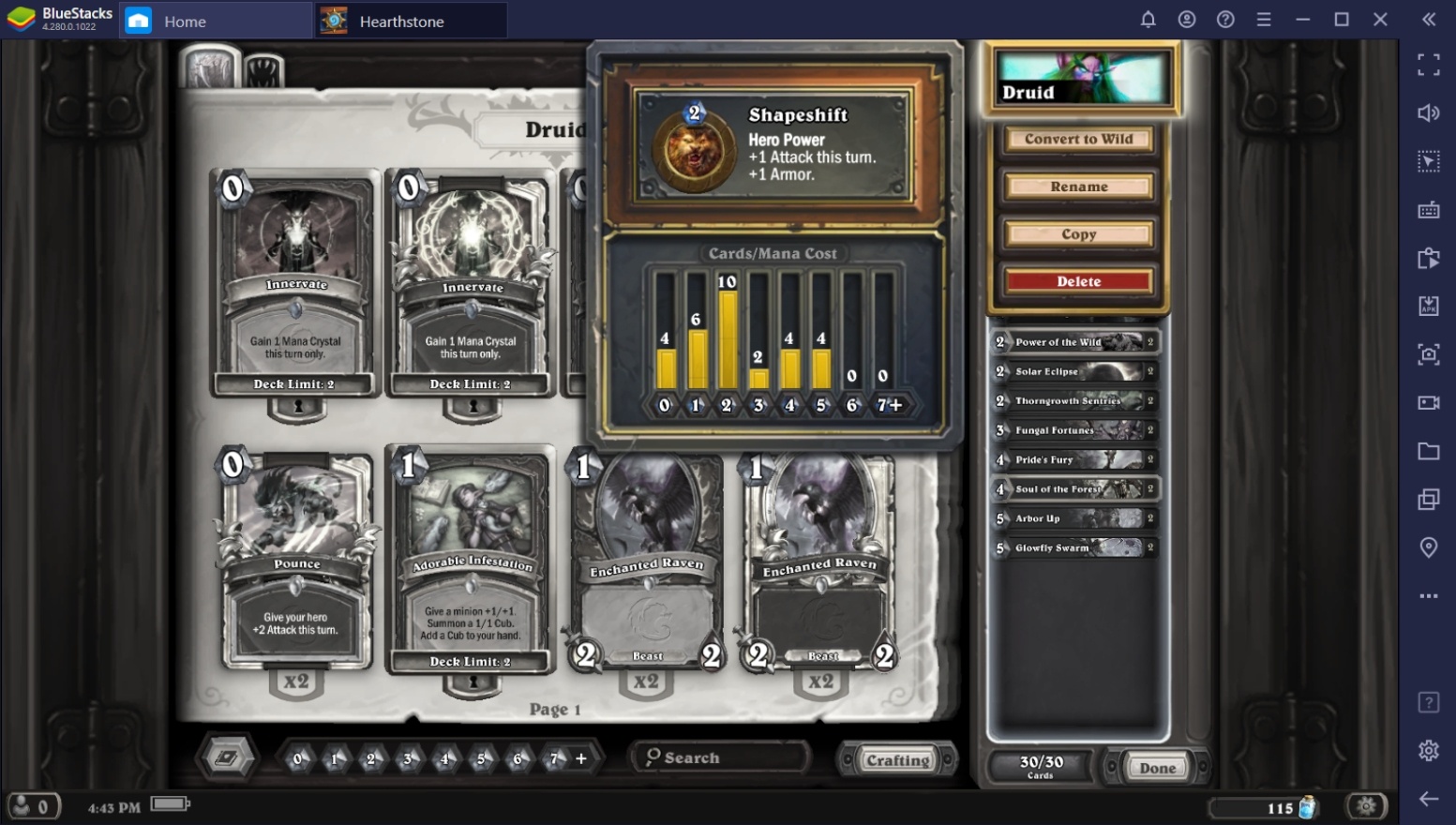
Once you’ve memorized your deck, cards that have “draw a random…” effects become less luck-based and more on probability and statistics. Card games are a process too and things don’t only happen because you’re calling upon the heart of the cards to help you. Memorizing the effects of each card as soon as possible also helps reduce reading time and gives you more time to think about your next moves.
Proper Sequencing
Sequencing is probably the most difficult skill to learn in any card game. Sequencing refers to the order at which you play cards to maximize efficiency. A bad habit that beginners do is throwing out cards just because they have enough mana to play those cards without thinking about the order. The biggest reason why beginners lose a lot is because of the erratic sequencing that causes them to miss out on important plays and waste resources.
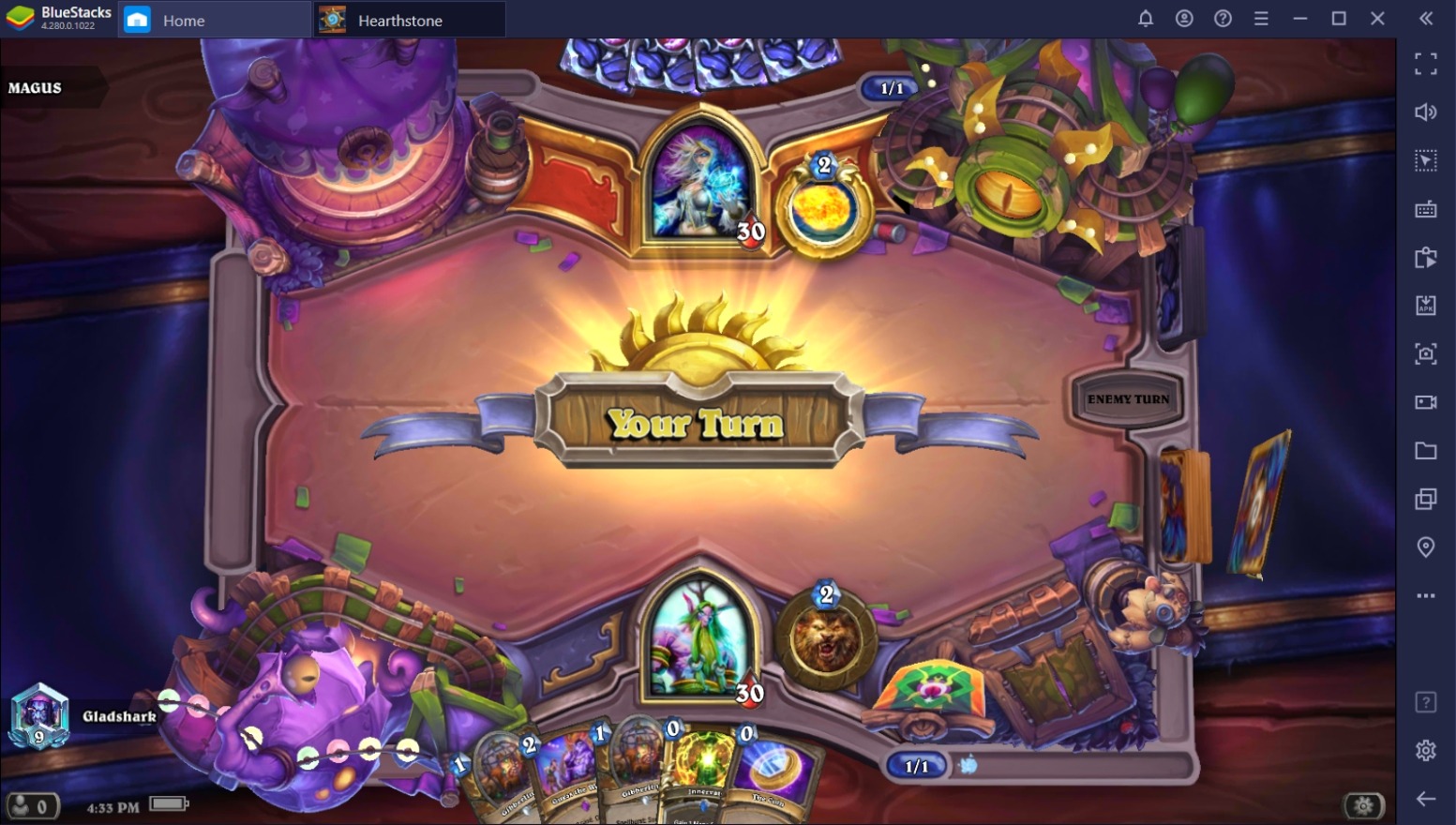
A good way to practice proper sequencing is to read your cards before you play them. For example, always play cards that summon minions before using cards that increase all of your units’ strength and HP. Proper sequencing is the key to winning the game and becoming good enough to reach Legend rank.
Control is Power
Control is an important way to win the game. Control mechanics aren’t just limited to control decks. Even aggro decks have some level of control that they do to prevent the enemy from snowballing against them. Every turn, you should prioritize removing all of your opponent’s minions first before even attempting to attack the face so that the game doesn’t get turned around in their favor.
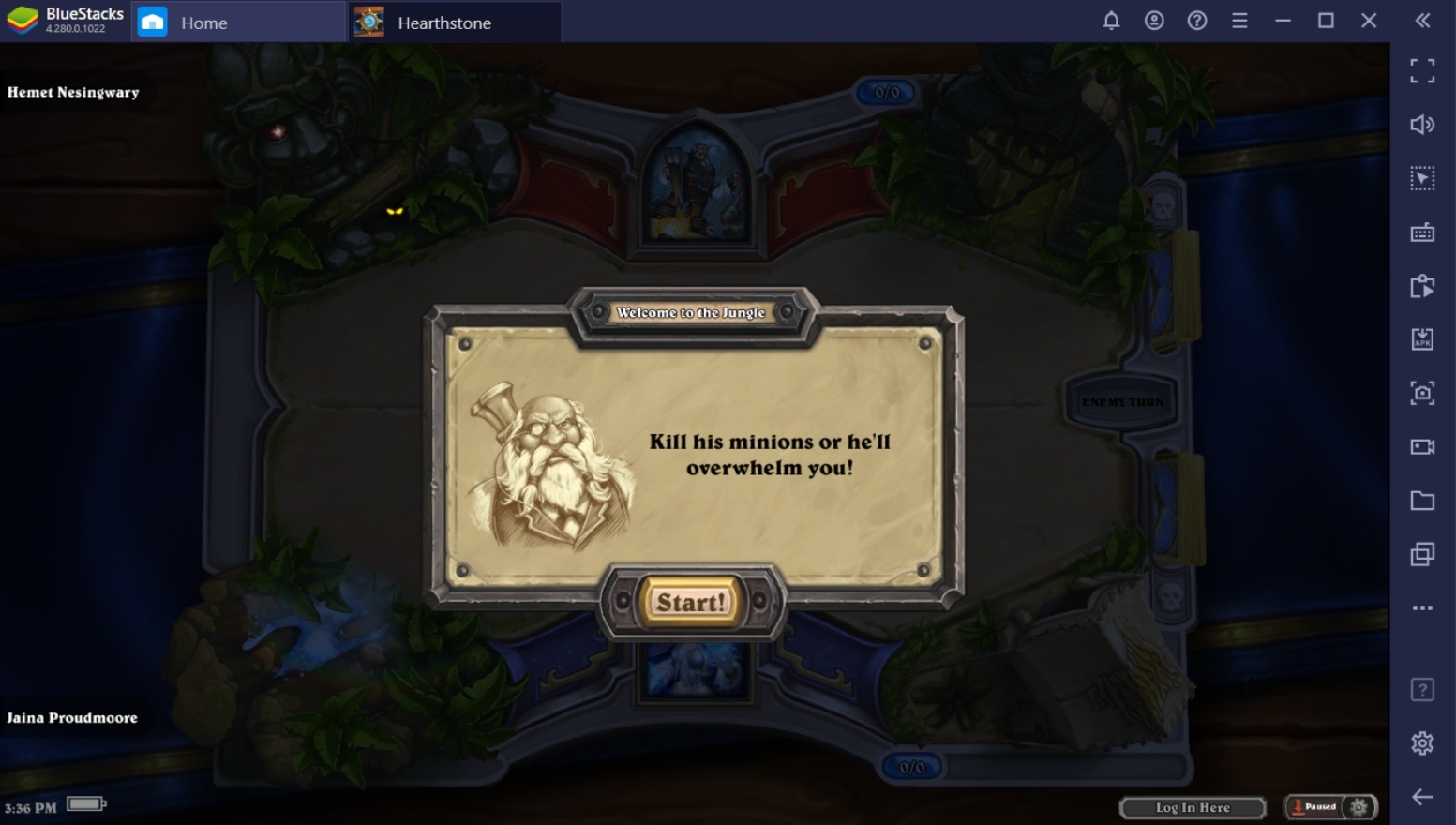
Never underestimate your opponent’s minions. If you have a 5/7 minion facing off against a 1/2 enemy minion, you should still remove it if you know your enemy can do something to make it a problem later on. Just remember that you should determine if it’s worth removing the unit for the cost that you’ll spend to do so. Sacrificing 3 minions to remove 1 enemy minion just isn’t worth it most of the time.
Reading the Opponent
An advanced trick that you’ll develop as a player is learning how to read your opponent. No matter how diverse players want to be, they’ll always play specific cards according to the situation. By anticipating how the opponent will react to an action you do, you can basically control the flow of the game in your favor.
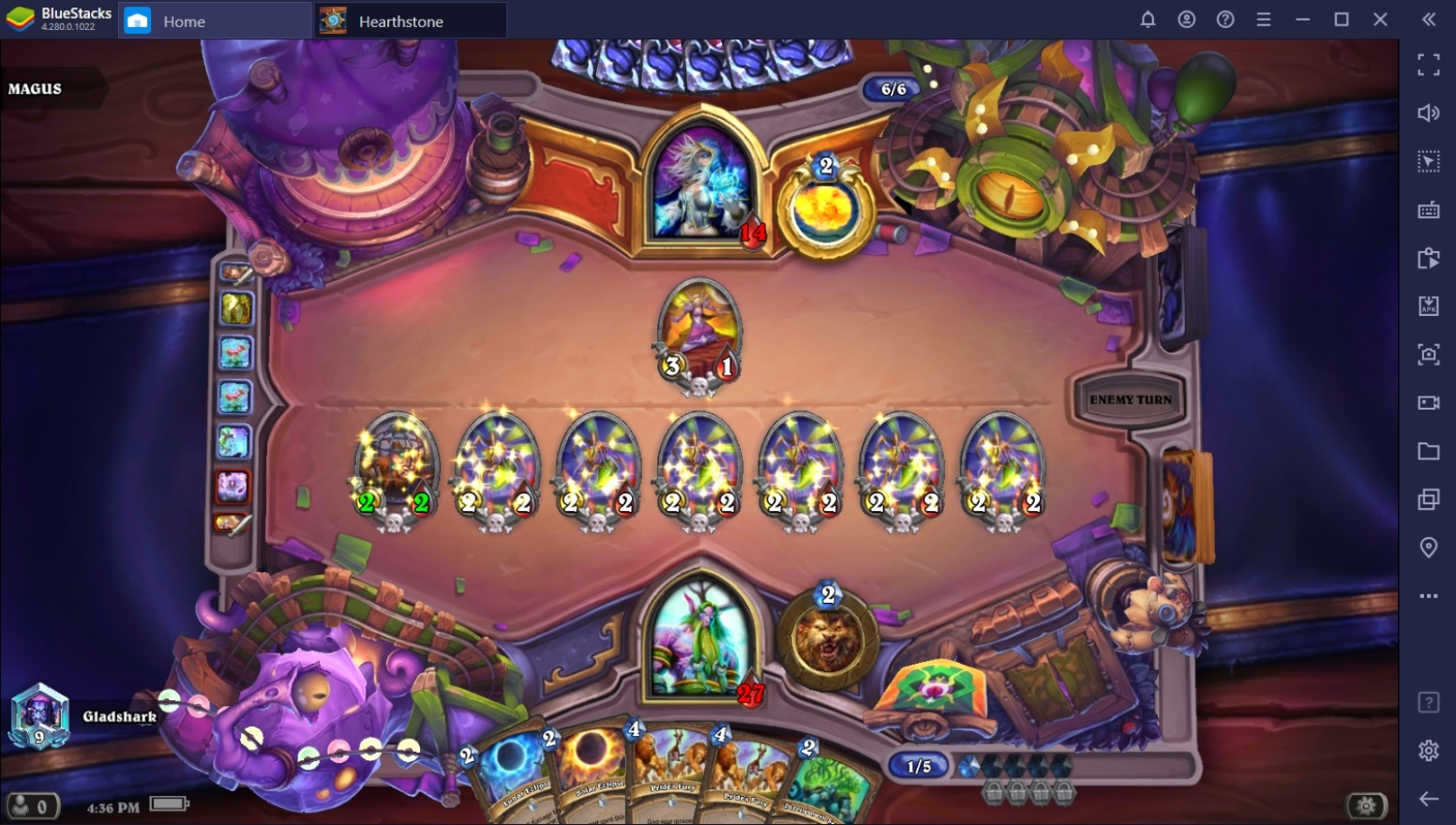
Reading your opponent is important especially in Hearthstone since there are mechanics like Secrets that can counter some crucial plays that you want to do. Knowing how the opponent will react means that you can bait them to do something that will benefit you later on in the game. For example, forcing them to use an AoE damaging spell will open up the board to play your most important units.
Taking a Risk vs Desperation
There is a difference between taking a risk and being desperate. Taking a risk is calculated and will benefit you in the long-term while being desperate only helps you make a play for the moment. There are certain risks in the game that are worth taking but you should also have contingencies in place just in case it doesn’t work out the first time you do it.
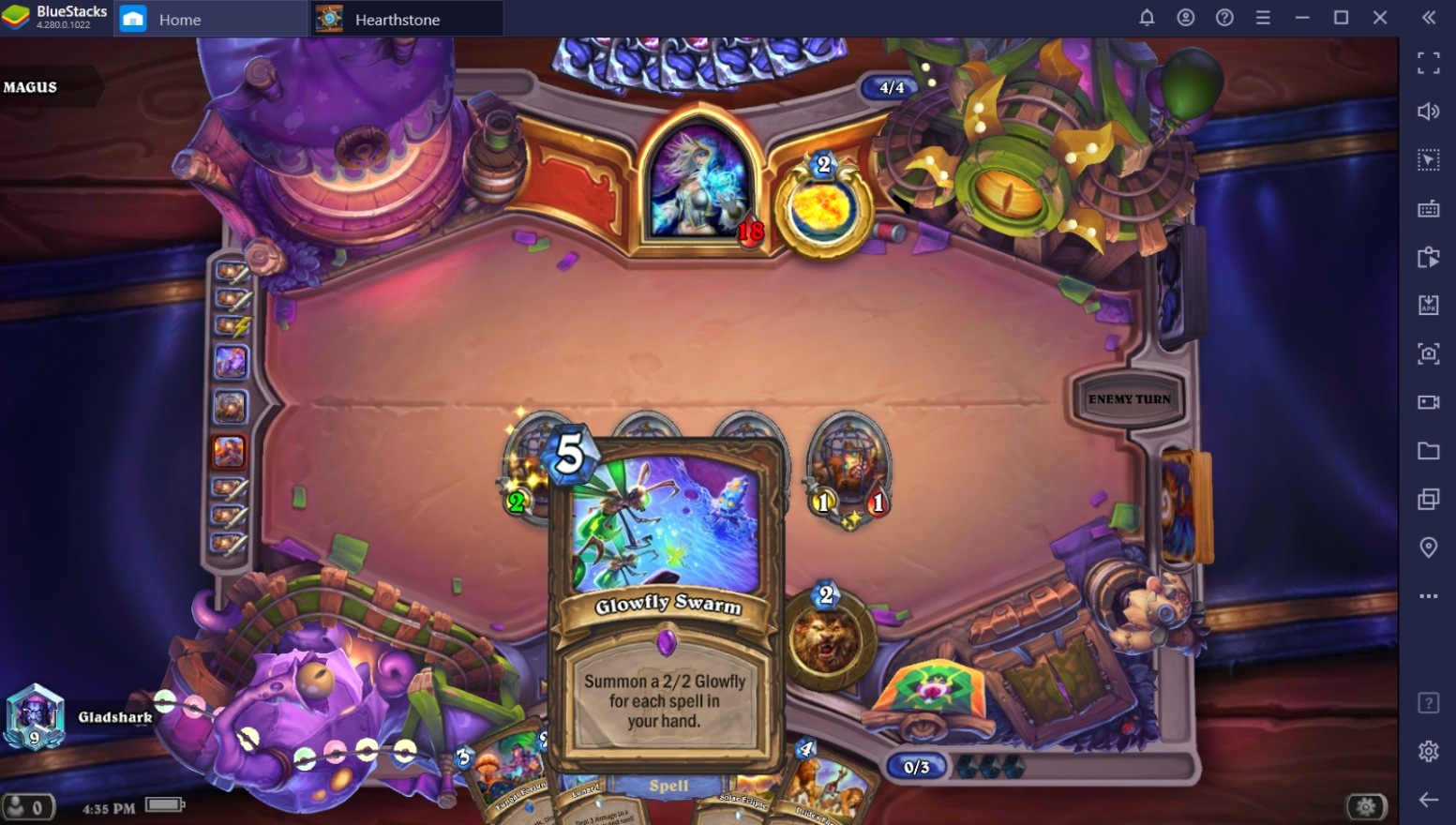
Being desperate can really be more damaging than helpful in most situations. Desperation plays not only causes you to lose the game but also affects your mental state for the next games. Sometimes, it’s better to take a loss gracefully than getting angry at the game just because the play you wanted to force didn’t work out the way you wanted it to.

